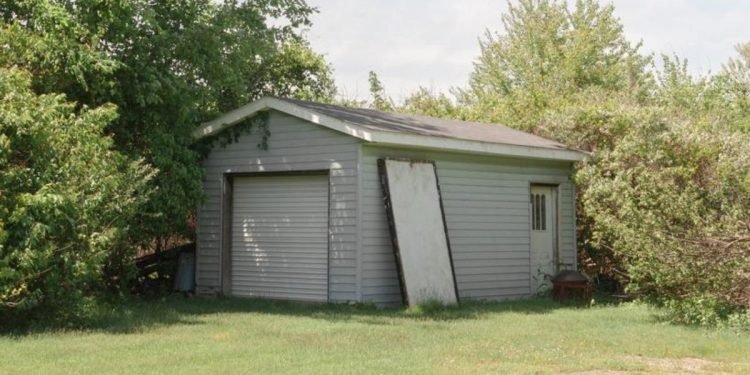Selecting the ideal shed size for your backyard is crucial to achieving both functionality and aesthetic appeal. Whether it’s storage, a workshop, or organizing gardening tools, careful consideration is key. This guide provides five essential tips for an informed decision, ensuring the selected shed seamlessly complements your backyard.
1. Assess Your Storage Needs: A Comprehensive Approach to Shed Sizing
To embark on the journey of determining the ideal shed size for your backyard, the first and foremost step is to conduct a meticulous assessment of your storage needs. This process involves a comprehensive evaluation of the specific items you plan to store within the shed, encompassing both your current and foreseeable future requirements.
Understanding your storage needs is not just a preliminary step; it is a fundamental cornerstone in the process of determining the most fitting shed size. By accounting for both your immediate requirements and potential future acquisitions, you create a roadmap that guides you toward a shed that accommodates everything efficiently.
2. Consider Available Space: Crafting Harmony Between Shed and Landscape
Once you’ve delved into an assessment of your storage needs, the next pivotal step in determining the ideal shed size revolves around a thoughtful consideration of the available space within your backyard. This process requires a systematic survey of your outdoor area, ensuring that the shed seamlessly integrates with the existing landscape.
Precision in measurement is key to achieving a harmonious integration of the shed into your backyard landscape. The shed should fit comfortably within the designated area, allowing for ease of access and maintaining a balanced aesthetic without overcrowding the surrounding space. This thoughtful approach not only enhances the visual appeal of your outdoor environment but also ensures that the shed becomes an organic extension of your backyard, serving both functional and aesthetic purposes seamlessly.
3. Plan for Future Growth: A Forward-Thinking Approach to Shed Sizing
Beyond the immediate considerations of current storage needs, a strategic and forward-thinking step in determining the ideal shed size involves planning for future growth. Anticipating potential changes in your storage requirements or the usage of your backyard is a proactive approach that ensures the longevity and adaptability of your shed.
This forward-thinking strategy eliminates the risk of quickly outgrowing your shed and the inconvenience of needing to upgrade sooner than expected. By selecting a shed size that aligns with your future aspirations, you not only safeguard your investment but also ensure that your storage solution evolves harmoniously with your changing needs.
4. Check Local Regulations: Navigating Zoning Compliance for Seamless Shed Installation
As you approach the finalization of your shed size decision, a crucial step in the process involves delving into local zoning regulations and building codes. This meticulous research is imperative, as different areas may impose specific restrictions on shed size, placement, or other relevant factors.
Before settling on a specific shed size, invest time in understanding the zoning regulations applicable to your locality. Local authorities often have stipulations regarding the maximum allowable shed size, its placement within the property, and other considerations that directly impact the installation process. These regulations are designed to maintain the aesthetic and structural integrity of neighborhoods while addressing safety and environmental concerns.
5. Explore Customization Options: Tailoring Your Shed for Optimal Utility
As you navigate the process of determining the ideal shed size, a crucial yet often overlooked step involves exploring the customization options provided by shed manufacturers, Many reputable providers offer an array of customizable features, allowing you to tailor the shed to meet your specific needs and elevate both functionality and aesthetics. You can easily find a reputable provider on the internet for example, if you’re based in Michigan, a quick search for “Michigan sheds for sale” on the internet can provide you with plenty of options to choose from.
Seize the opportunity to evaluate features that align precisely with your requirements. Consider additions such as extra windows to infuse natural light, well-designed shelving for organized storage, or even loft space that maximizes vertical storage capacity. These customization options provide the flexibility to optimize the utility of the shed without significantly increasing its physical footprint.
Conclusion
Determining the ideal shed size for your backyard is a strategic decision that involves a comprehensive assessment of your needs, available space, and future considerations. By following these five tips, you can confidently select a shed size that not only fulfills your immediate requirements but also adapts to your evolving needs over time.


















